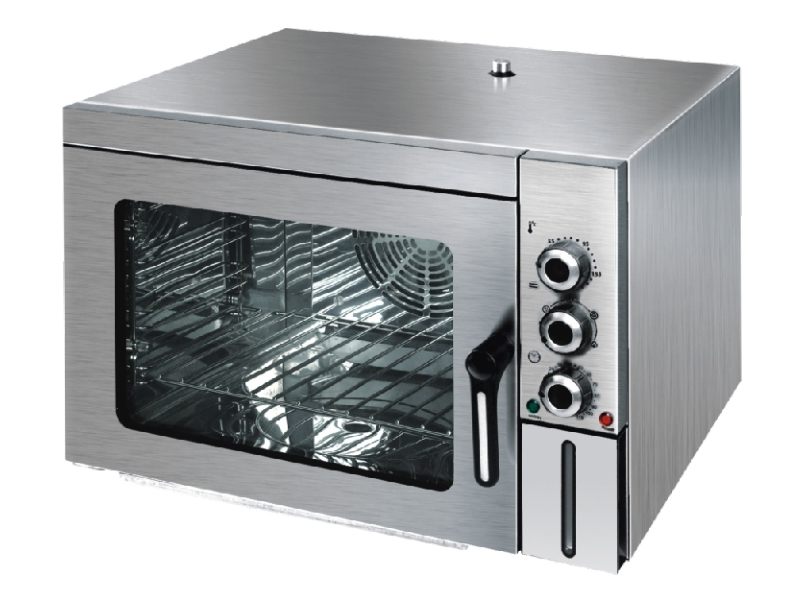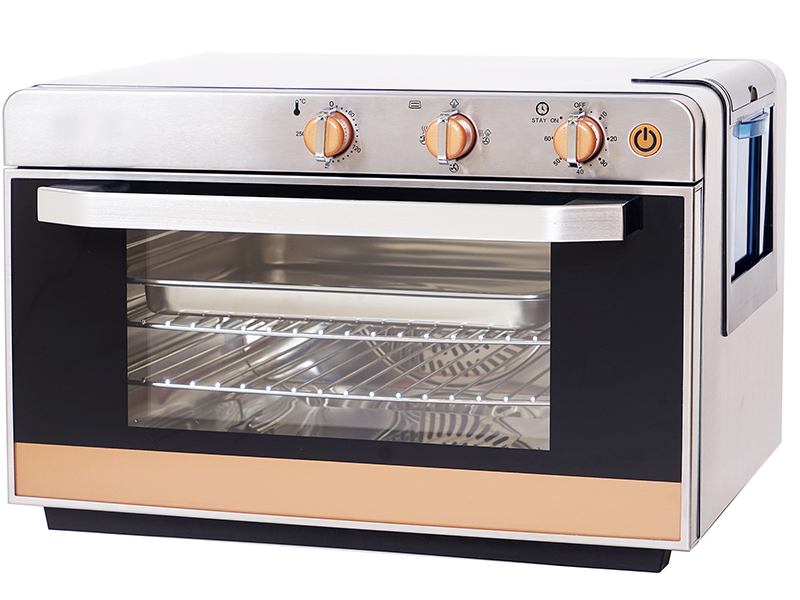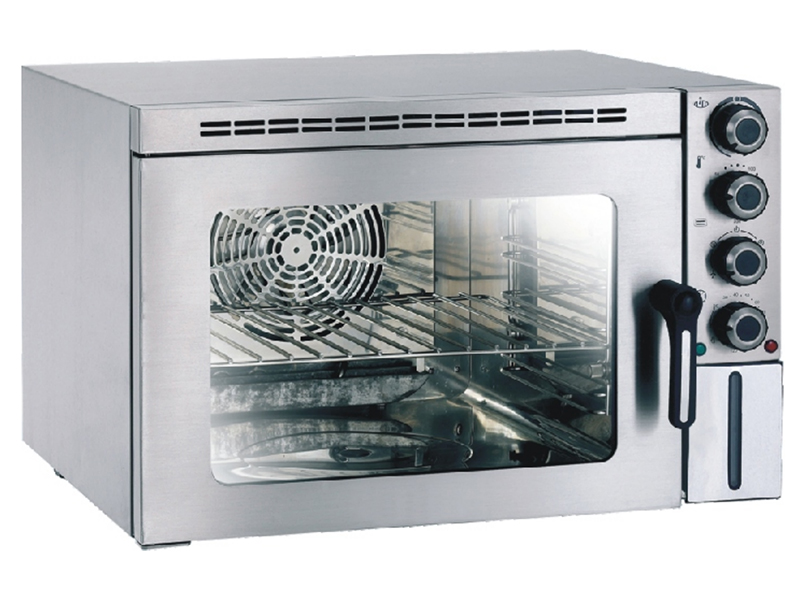Views: 0 Author: Site Editor Publish Time: 2024-08-05 Origin: Site
A steam clean oven is a type of oven that utilizes steam to clean the interior surfaces, making it easier to remove grease, food residues, and other grime. This feature is becoming increasingly popular in both residential and commercial kitchens due to its convenience and eco-friendliness. Unlike traditional self-cleaning ovens that use high temperatures to burn off food residues, steam clean ovens use moisture and heat to soften the dirt, allowing it to be wiped away easily. This method is not only energy-efficient but also safer, as it doesn't require extremely high temperatures.
Steam clean ovens are available in various forms, including traditional ovens with a steam cleaning function and dedicated steam ovens. The latter can also be used for cooking, utilizing steam to prepare food in a healthy and efficient manner. In commercial settings, steam ovens are prized for their ability to cook large quantities of food evenly and quickly, making them a staple in restaurants and catering businesses.

Eco-Friendly: Steam cleaning uses water instead of harsh chemicals, making it an environmentally friendly option.
Energy Efficient: Unlike self-cleaning ovens that consume a lot of energy to reach high temperatures, steam clean ovens use minimal energy.
Safe and Gentle: Steam cleaning is gentle on the oven's surfaces, reducing the risk of damage.
Multi-Functional: Many steam ovens can also be used for cooking, offering versatile options like baking, roasting, and steaming.
Steam cleaning your oven is a straightforward process that requires minimal effort. Here’s a step-by-step guide on how to steam clean your oven:
Preparation
Remove the Racks: Take out all the racks, trays, and other removable items from the oven. This ensures that every surface inside the oven gets cleaned.
Wipe Down Loose Debris: Use a damp cloth or sponge to wipe away any loose debris or large food particles.
Set Up for Steam Cleaning
Add Water: Pour about a cup of water into the bottom of the oven. Some ovens come with a designated steam cleaning reservoir or tray. Follow the manufacturer's instructions if your oven has specific features for steam cleaning.
Optional: Add Vinegar: For an extra boost, you can add a tablespoon of vinegar to the water. This helps to break down grease and grime more effectively.
Activate the Steam Cleaning Cycle
Select the Steam Clean Option: If your oven has a steam clean function, select it. The oven will typically lock the door and heat the water to produce steam.
Wait for the Cycle to Complete: The steam cleaning cycle usually takes between 20 to 30 minutes, depending on the oven model. During this time, the steam will soften the grime inside the oven.
Post-Cleaning
Wipe Down: Once the cycle is complete and the oven has cooled down, use a damp cloth or sponge to wipe away the loosened dirt and grime. The softened residues should come off easily.
Reinstall Racks: After wiping down the interior, replace the racks and other removable parts.

Regular Maintenance: Steam clean your oven regularly to prevent the build-up of grease and grime.
Avoid Abrasive Cleaners: Do not use abrasive cleaners or scouring pads, as they can damage the oven’s interior surfaces.
Check the Manual: Always refer to your oven's user manual for specific instructions and safety precautions.
Steaming vegetables in a microwave oven is a quick and easy way to prepare a healthy meal. The microwave retains more nutrients in vegetables compared to boiling, as it uses minimal water and short cooking times. Here’s how you can steam vegetables in a microwave oven:
Preparation
Choose Your Vegetables: You can steam a variety of vegetables, including broccoli, carrots, green beans, and more.
Wash and Cut: Wash the vegetables thoroughly and cut them into uniform pieces to ensure even cooking.
Set Up for Steaming
Use a Microwave-Safe Bowl: Place the cut vegetables in a microwave-safe bowl. Make sure the bowl is large enough to prevent overflow.
Add Water: Add about 2-4 tablespoons of water to the bowl. The amount of water may vary depending on the type and quantity of vegetables.
Cover the Bowl: Cover the bowl with a microwave-safe lid or a plate. Alternatively, you can use microwave-safe plastic wrap, leaving a small corner open to allow steam to escape.
Microwave the Vegetables
Cooking Time: Microwave the vegetables on high power. The cooking time varies depending on the type and amount of vegetables. Generally, it takes 3-5 minutes for most vegetables.
Check for Doneness: Carefully remove the bowl from the microwave (use oven mitts, as it will be hot) and check if the vegetables are tender. If they are not done, microwave in 30-second increments until they reach the desired tenderness.
Serve
Season and Serve: Once the vegetables are steamed, you can season them with salt, pepper, or other herbs and spices to taste. Serve immediately for the best flavor and texture.
Tips for Steaming Vegetables in the Microwave
Uniform Slicing: Cut vegetables into uniform pieces to ensure even cooking.
Use Fresh Vegetables: Fresh vegetables steam better and taste more vibrant than frozen ones.
Avoid Overcooking: Be cautious not to overcook, as vegetables can become mushy.

Steam ovens, including commercial steam ovens, offer a convenient and efficient way to clean and cook. With the ability to steam clean the interior and prepare healthy meals, they have become an essential appliance in modern kitchens. Whether you're maintaining a spotless oven or steaming vegetables in a microwave oven, steam technology provides a versatile and eco-friendly solution.
For high-quality steam ovens, including commercial steam ovens, consider Chinaking Power. Their products are reliable and efficient, perfect for both residential and commercial use. For inquiries, contact Evelyn at evelyn@chinakingstar.com or Will at will@chinakingstar.com
